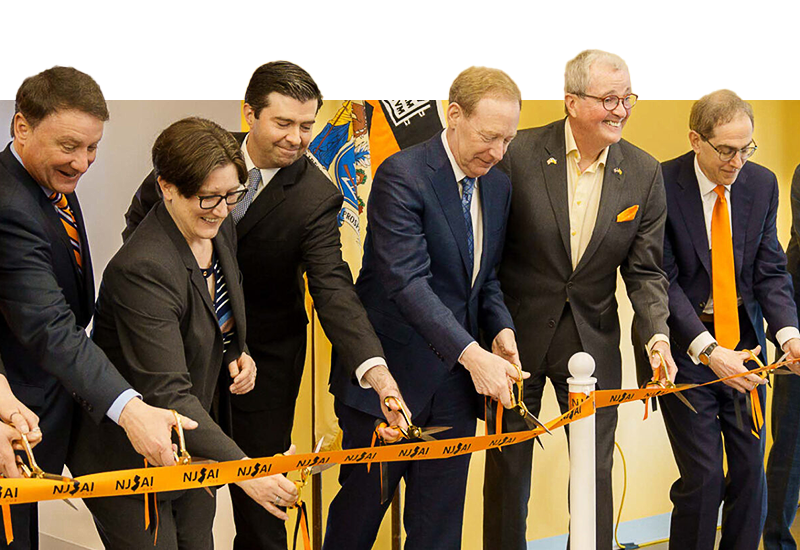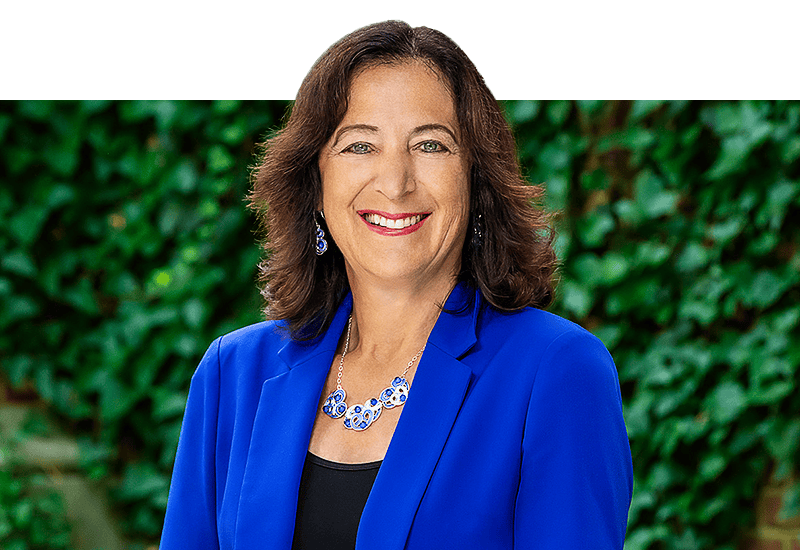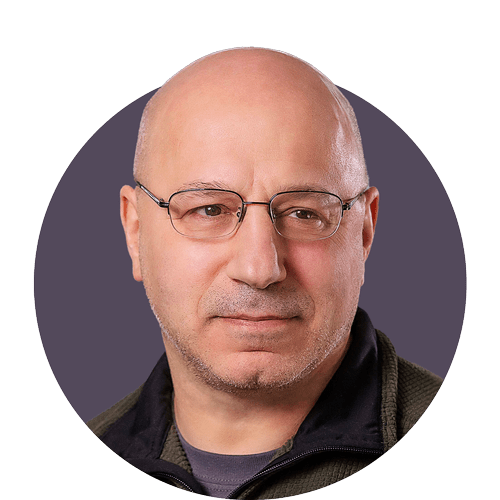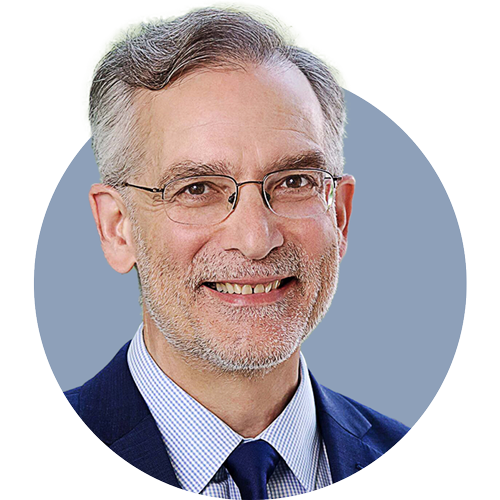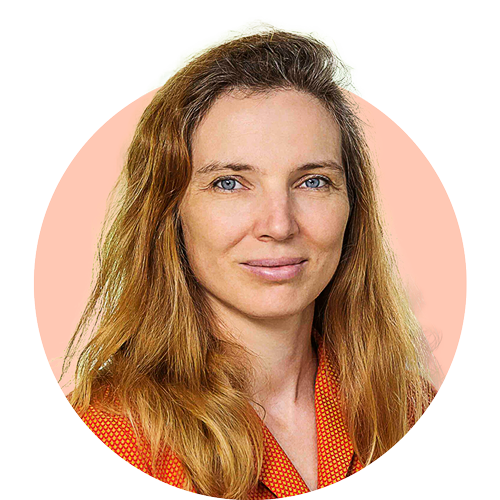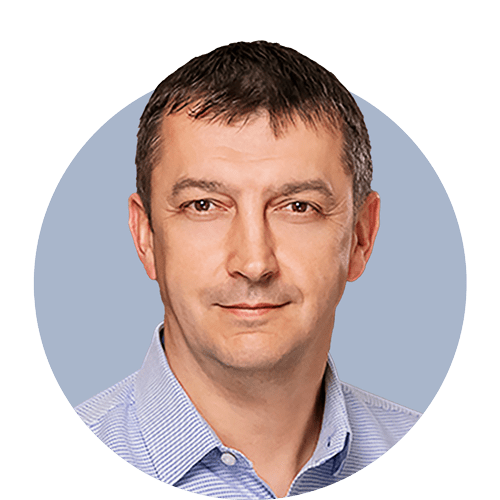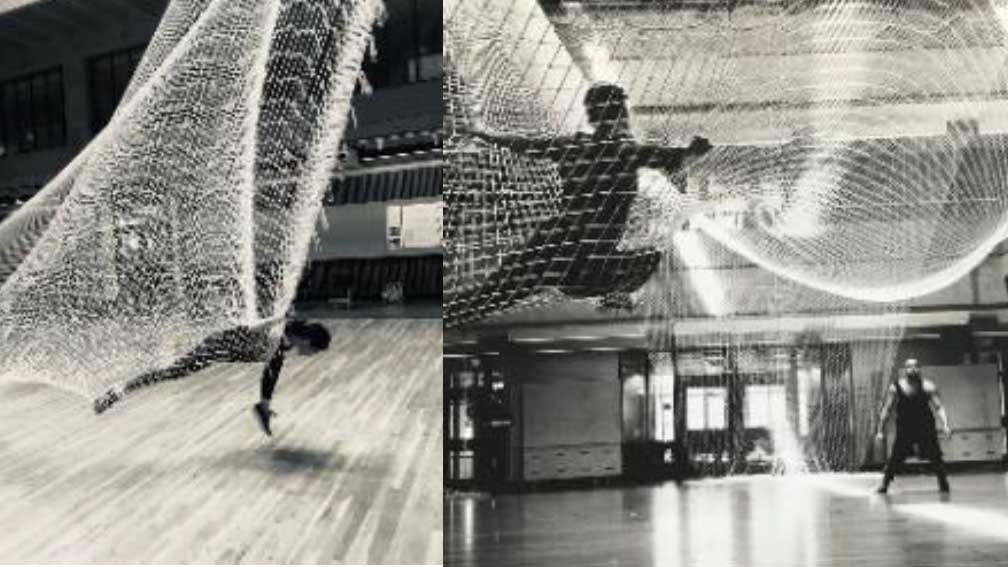
Funding the next big idea: New projects receive Dean for Research Innovation awards
By
on
The funding makes possible explorations in the natural sciences and social sciences, collaborations with industry, and collaborations between artists and scientists or engineers. Several of the projects have the potential for direct benefits to human health while others explore themes in history and the arts. The projects were chosen by faculty-led committees based on the quality, originality and potential of the research.
“Princeton faculty are pioneers across the range of human inquiry, and these innovation funds enable our researchers and their teams to explore paths that they might not otherwise take,” said Dean for Research Pablo Debenedetti, the Class of 1950 Professor in Engineering and Applied Science and professor of chemical and biological engineering. “Through this funding program, the University shows support for the innovation mindset that leads to truly profound advances and can also lead to societal benefits.”
Engineering faculty receiving these awards include:
– Howard Stone, Princeton’s Donald R. Dixon ’69 and Elizabeth W. Dixon Professor of Mechanical and Aerospace Engineering, will team with Princeton, NJ, medical device firm NovaFlux Inc. to explore the ability of a new cleaning fluid composed of nano-sized fibers and micro-sized particles suspended in a liquid. Stone and colleagues at NovaFlux will explore the fluid’s ability to remove bacterial coatings, or biofilms, which form on surfaces such as medical tubing and devices. The fluid can also be used to remove a broad range of pathogens including bacteria, spores and viruses.
– Gerard Wysocki, associate professor of electrical engineering, and his team will develop a highly sensitive laser-based sensor in collaboration with Hamamatsu Photonics, a leading instrumentation company. During critical care of patients in respiratory distress, measuring the consumption of oxygen in the breath can provide important information about the patient’s health. The resulting prototype, capable of detecting not only oxygen concentration but the types (or isotopes) of oxygen, will be evaluated by collaborators in a hospital setting.
– Sigrid Adriaenssens, associate professor of civil and environmental engineering, along with Rebecca Lazier, senior lecturer in dance in the Lewis Center for the Arts, who will collaborate on a new project involving the movements of dancers as a strategy to explore nets as resilient building facades and impact barriers. Nets are attractive for uses that require flexibility to withstand waves, winds and earthquakes, but they stiffen with usage, making for potentially disastrous outcomes. This project aims to create choreographic works that generate a new understanding of how nets turn rigid when loaded and soften when unloaded. At the same time, dancers will explore the interaction between net and human. The net will be a full collaborative partner in the dance rather than a setting or a prop, enabling creativity that moves beyond how people have used nets previously.
The project involves first designing and fabricating different types of nets and then hosting intensive research sessions with dancers in Princeton’s Lewis Center for the Arts. The team will experiment with choreography and collect movement in a digital framework gathered from reflective beads mounted on the nets. The project will include collaboration with Adam Finkelstein, professor of computer science, to transform these data into insights on net structure and properties. The project will include a public performance.
– A team of artists, scientists and engineers led by Mark Zondlo, associate professor of civil and environmental engineering, Eduardo Cadava, professor of English, and John Higgins, associate professor of geosciences, who will embark on a field measurement and outreach project centered on environmental justice issues in the Red Rock Wilderness surrounding Bears Ears and Grand Staircase-Escalante National Monuments in southern Utah. The project, which builds on work by artist and photographer Fazal Sheikh, the 2018-19 Barron Visiting Professor in the Environment and the Humanities and current artist-in-residence at the Princeton Environmental Institute (PEI), will document the effects of extractive industries such as mining on public and Native lands. Expected outcomes include collaborations with indigenous communities and native engineers and scientists, methane and water testing, geological research, an interactive mapping system and website, and online syllabi. The project will contribute to an exhibition at the Smart Art Museum and the Yale University Gallery of Art.
The team includes Michael Celia, the Theodora Shelton Pitney Professor of Environmental Studies and professor of civil and environmental engineering and director of PEI; Peter Jaffe, the William L. Knapp ’47 Professor of Civil Engineering and professor of civil and environmental engineering; Zia Mian, research scientist at the Princeton School of Public and International Affairs and co-director of the Program on Science and Global Security; and Emily Wild, Princeton’s chemistry, geosciences and environmental studies librarian.
Non-engineering recipients of awards include Leonard Wantchekon, professor of politics and international affairs; Katja Guenther, associate professor of history; Lisa Boulanger, associate professor of neuroscience; Amit Singer, professor of mathematics and the Program in Applied and Computational Mathematics, and Charles Fefferman, the Herbert E. Jones, Jr. ’43 University Professor of Mathematics; and Ricardo Mallarino, assistant professor of molecular biology. Read more about their projects at this link.
